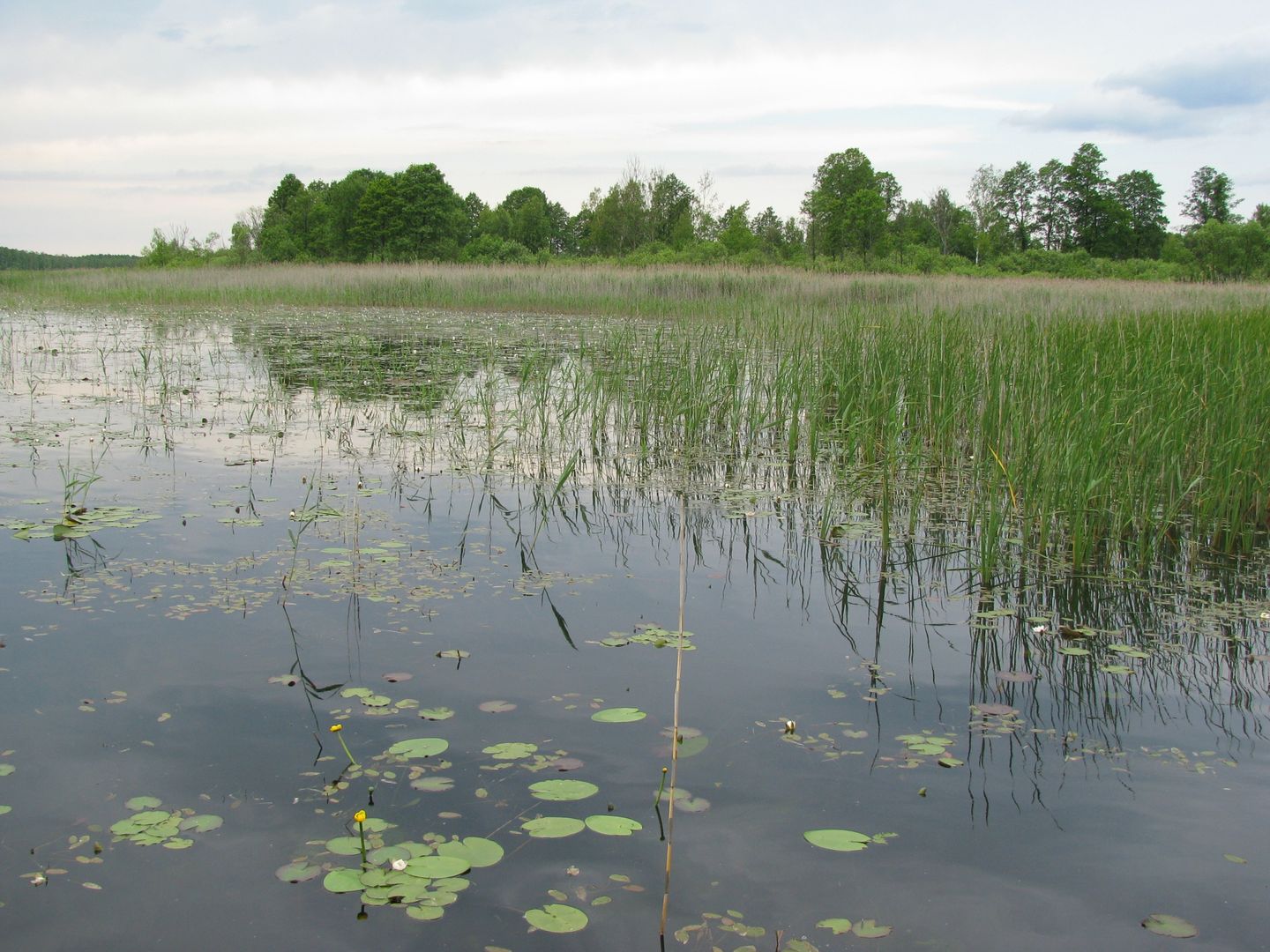Poleski National Park
7.71

Overview
Poleski National Park, established on May 1, 1990, is located in the Lublin Voivodeship, in the Polish part of Polesia, covering an area of 9,760.2864 hectares. It is characterized by a rich ecosystem, which includes swamps, peat bogs, and karst lakes, forming natural forest complexes. The park is part of the "West Polesie" Biosphere Reserve and is protected under the Ramsar Convention. The history of the park dates back to 1933, when the first idea for its creation emerged. However, during the era of the Polish People's Republic, due to land reclamation projects and industrial plans, its establishment was threatened. Despite these challenges, thanks to conservation efforts, several nature reserves were established within the park in the 1980s.
The park's flora is highly diverse, with approximately one thousand species of vascular plants, including many rare ones, while its fauna comprises around 290 species of vertebrates and 48 species of mammals. Visitors to the park can encounter cranes, white-tailed eagles, beavers, and numerous species of fish and amphibians. For environmental education, the Didactic and Museum Center in Stare Załucze and the Didactic and Administrative Center in Urszulin operate, offering insights into the park's richness. An interesting fact is that Poleski National Park serves as the last refuge for certain plant and animal species that have remained untouched by human interference since the retreat of the last glaciation.
Location
2025 Wizytor | All Rights Reserved

